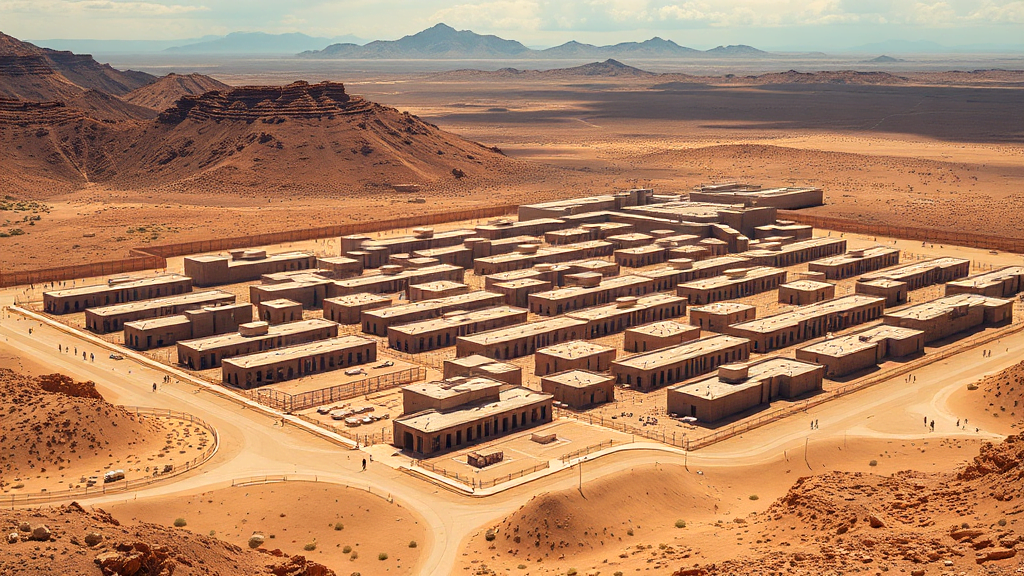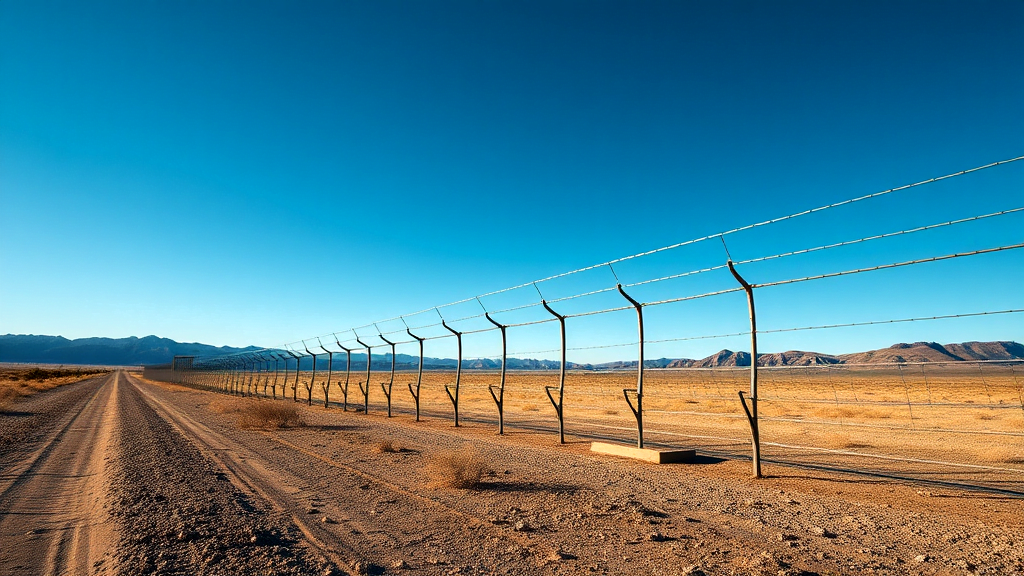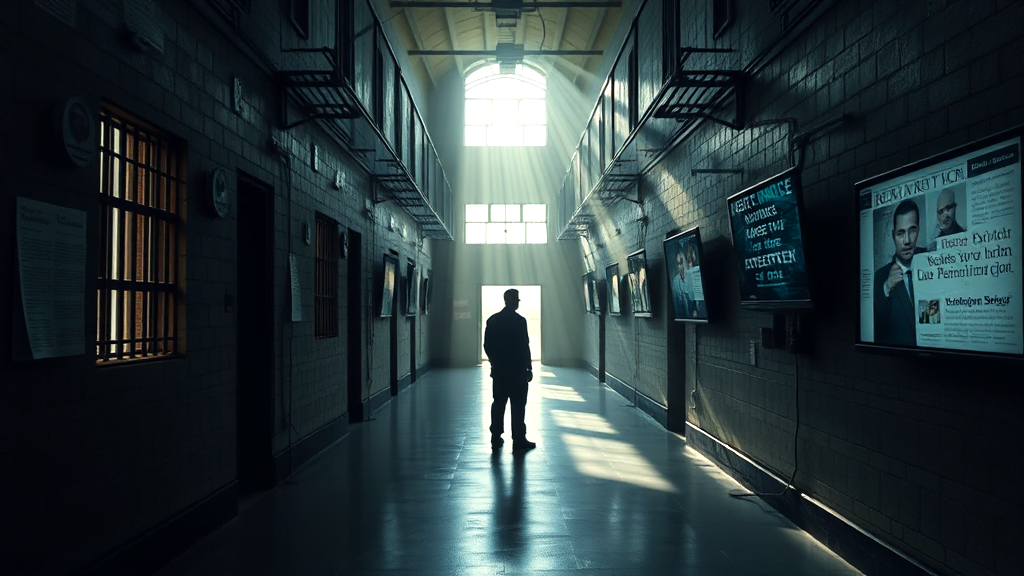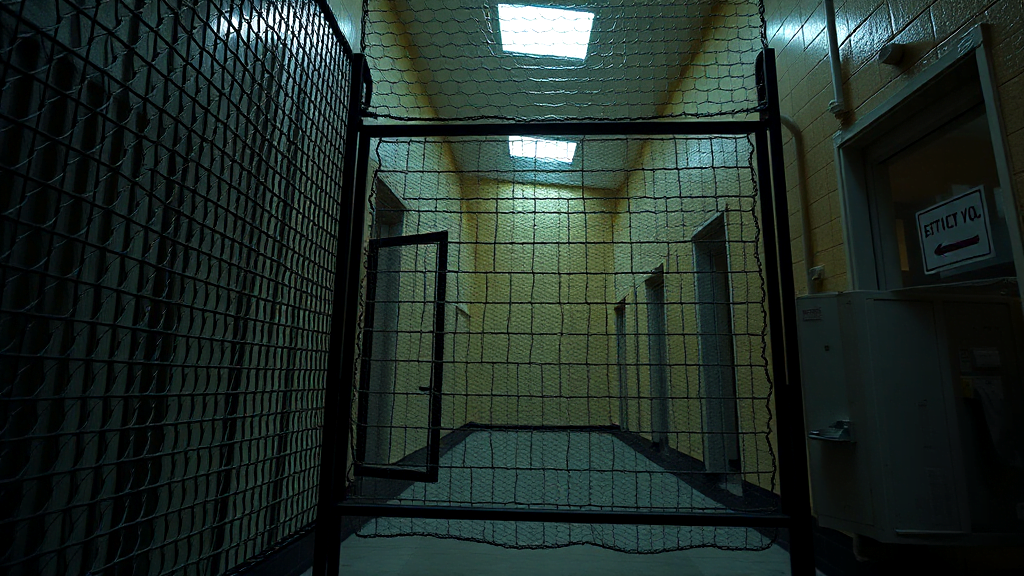Understanding New Mexico Incarceration
New Mexico’s incarceration rates are shockingly high, with 647 per 100,000 residents behind bars. This ranks as the second-highest for democratic countries worldwide. With around 13,000 people incarcerated and 12,400 on probation or parole, the numbers are staggering. Incarcerated people face financial strains due to costly phone calls; a 15-minute call can cost $3.15. The Western New Mexico Correctional Facility is spotlighted in a humanitarian crisis, emphasizing the dire need for mental healthcare. The New Mexico Corrections Department is among the largest state departments, focusing on rehabilitation. Yet, overcrowding and systemic issues persist. Gathering facts and release date information provides insights into ongoing challenges and future directions.

Key Facts About New Mexico Prisons
Unpacking the realities of New Mexico’s prison system reveals startling figures. With incarceration rates among the world’s top for democratic countries, the situation is alarming. About 13,000 individuals are confined, and phone fees burden them financially. In Western New Mexico, facilities face challenges needing immediate attention. Disparities persist, with people of color and women being overrepresented. Despite efforts towards rehabilitation, overcrowding and systemic issues endure. Families often bear the weight of these challenges, affecting their financial stability. Access to accurate release date information remains crucial for affected families and individuals navigating this complex system.

Over the past four decades, the incarceration trends in New Mexico have climbed rapidly. What used to be a modest number now resembles a growing mountain. Many incarcerated people find themselves in a complex network of confinement systems beyond traditional jails and prisons, which can skew overall numbers. This intricate web often paints a grim picture, leaving families struggling financially under the weight of high fees. The hike in rates raises eyebrows and questions about the effectiveness of New Mexico’s approach. Community involvement and policy shifts are needed to address these rising numbers.

The difference in prison populations within New Mexico is striking. People of color face disproportionate representation in the state’s facilities. Women, too, are incarcerated at rates unheard of in other democratic countries. With these disparities, New Mexico’s incarceration rates continue to climb. The challenges within the system paint a grim picture, leaving families and communities grappling with financial burdens. Rehabilitation efforts are ongoing, but many still question their impact. As these issues persist, addressing them becomes crucial for the well-being of incarcerated people and communities across New Mexico.
When exploring the effects on families and communities due to New Mexico incarceration, financial and emotional strain often result. Families face economic burdens from expensive call fees and lost income. The high incarceration rates in New Mexico further stress communities. With loved ones behind bars, emotional bonds can weaken, leading to long-term impacts. Communities often see increased poverty and reduced social cohesion. These challenges highlight the need for effective rehabilitation and systemic reform. Support structures are crucial for both families and returning individuals to break the cycle. Addressing these issues is key to community healing.
Rehabilitation Programs Within New Mexico Correctional Facilities
Programs in New Mexico correctional facilities aim to support and transform lives. Through focused efforts, they address the challenges faced by those caught in the web of New Mexico Incarceration. Addressing the needs for education and skill-building, these initiatives provide pathways for growth. Cognitive and vocational programs are pivotal, targeting recidivism reduction and smoother societal reentry. Participants often express a sense of hope and determination. A humorous anecdote? One inmate quipped that learning to code was like unlocking a new level in a video game, bringing unexpected joy to rigid routines.

Challenges Faced by New Mexico’s Prison System
Challenges within New Mexico’s prison system are as sticky as a cactus in the desert. Overcrowding stretches resources thin, turning facilities into pressure cookers. Conditions inside are often bleak, impacting both mind and body. Media portrayal adds fuel to the fire, shaping public views and policy debates. Financial burdens hit families hard, especially with sky-high phone fees. Over 75% of local jail inmates haven’t even been convicted! Reform is a must to tackle these hurdles. Community-based initiatives shine a light on the path forward, aiming for brighter futures and fewer bars in the way.

In considering upcoming changes to New Mexico’s correctional policies, addressing overcrowding remains a top priority. New Mexico Incarceration issues are exacerbated by the staggering number of non-convicted individuals in local jails. By implementing bail reform, there’s hope to alleviate some of the pressure. Community-based initiatives can also play a significant role in reducing re-offending rates. These programs offer support and help individuals reintegrate into society. The focus on mental healthcare and humane conditions within facilities must be intensified. Let’s not forget the importance of transparency and public awareness in driving these changes forward.

Media’s depiction of New Mexico’s detention issues shapes public views and policy debates. Stories often highlight overcrowding and harsh conditions, sparking discussions on reform. The portrayal impacts how society perceives inmates, sometimes casting them in a negative light. This narrative can skew public opinion, leading to less empathy for those behind bars. Yet, some outlets focus on the human side, showcasing rehabilitation efforts and success stories. These balanced reports can foster understanding and compassion. As media continues to influence, its role in shaping perceptions remains significant, affecting both public sentiment and policy direction.

Exploring the impact of overcrowding on prison conditions reveals a grim reality in New Mexico. Facilities become sardine cans, with resources stretched to the breaking point. This strain affects both inmates and staff, leading to heightened tensions. Overcrowding often escalates mental and physical issues among inmates, creating a toxic atmosphere. Think of it as a pressure cooker ready to explode. Addressing these challenges is critical for the well-being of all involved. By improving conditions, New Mexico can foster a more humane environment. Let’s not forget the importance of tackling these issues for a healthier society overall.

The Role of Probation and Parole
In examining how probation and parole relate to New Mexico Incarceration, we find a complex dynamic. These systems serve as a bridge between incarceration and freedom, yet come with hurdles. Low incomes and hefty fees often burden those on probation or parole, complicating their reentry into society. Reform is crucial to ease these financial strains. Imagine navigating life with tight finances while meeting parole requirements—it’s a tough road. For New Mexico, addressing these challenges could reduce the incarceration rate, thus offering more individuals a genuine chance at rebuilding their lives.

Addressing the Humanitarian Crisis in Facilities
Tackling the crisis in facilities highlights the urgent need for change. With New Mexico Incarceration rates soaring, the challenges are immense. Overcrowding exacerbates conditions, intensifying the strain on mental and physical well-being. The fees for simple necessities, like phone calls, further burden families, making it difficult to stay connected. Community initiatives aim to mend these issues, encouraging rehabilitation and reducing re-offending. Addressing disparities, particularly among people of color, becomes crucial. With a focus on reforms and transparency, the hope is to reshape these systems for a more just future.

Community-Based Initiatives for Reducing Recidivism Rates
Community-driven efforts are essential for tackling recidivism in the context of New Mexico Incarceration. Local programs that engage former inmates in skill-building and mentorship have shown promise. These initiatives not just provide practical skills, but also foster a sense of belonging and purpose. Consider the case of “Project Return,” where former inmates find jobs and rebuild their lives. Offering the community’s support, these programs can turn lives around. It’s like giving someone a second chance with a support network. Success stories from these projects highlight the power of community involvement in breaking the cycle. Imagine the possibilities!

Policy Reforms for Reducing Incarceration Rates
Reducing New Mexico’s incarceration issues requires thoughtful changes. Emphasis on bail reform can significantly decrease pre-trial detentions. Addressing systemic inequalities, especially racial disparities, is also essential. Implementing restorative justice programs provides alternative paths, focusing on rehabilitation over punishment. Moreover, enhancing mental healthcare services in correctional facilities could prevent repeat offenses. Prioritizing educational and vocational training within prisons is crucial for successful reintegration. These steps not just lessen the burden on the justice system, but also offer hope to those trapped in the cycle. Imagine a future where reform truly changes lives, not just systems.




0 Comments